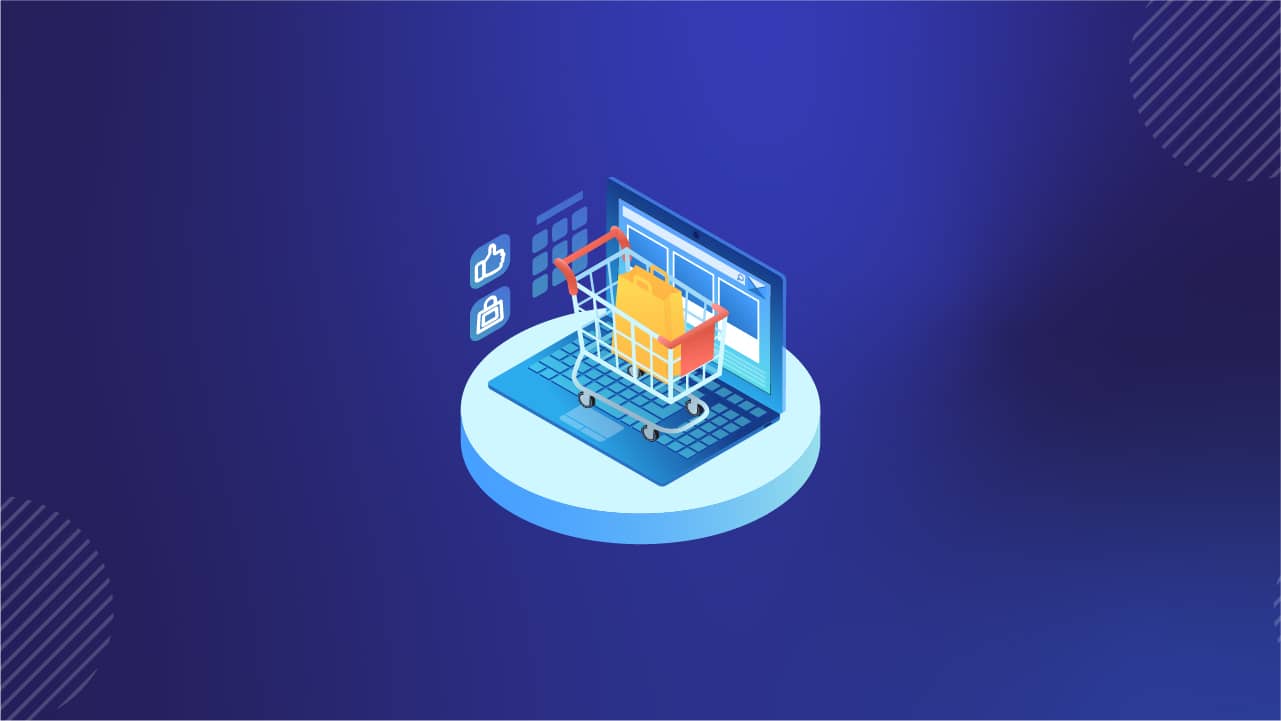You probably won’t find any issues navigating through your e-commerce website, given that the new release was vetted sufficiently by your QA and certified for the release. But it doesn’t mean your visitors will have the same experience. This is because visitors can access a website with various bandwidths, devices, browsers, and geographical locations. And all these external factors influence a website’s performance at the user’s end; so much so that any minor change can impact the shopping experience.
For instance, you add a third-party marketing plugin (or app) on your webstore to increase sales or to track user behavior. The addition of this plugin may look benign in your internal testing and usually does not get a high level of attention from your QA teams. Such third-party plugins are common on e-commerce platforms like Magento, Shopify, and WordPress. While these e-commerce platforms guarantee industry-best performance in the shopping experience, they usually have no control over assets or response times by third-party plugins. These plugins could cause unexpected issues and behavior.
A continuous monitoring of your e-commerce application can make many issues apparent. It helps to find issues that are deterrent to a smooth shopping experience. However, there are many aspects that you need to consider for an effective monitoring solution. Let’s look at them briefly:
Don’t limit yourself to monitoring load times
Load-time is not the exclusive metric that determines user experience on your website and monitoring the load-time alone is not sufficient. For an e-commerce customer, the main objective is to complete an online transaction. It is very important to monitor workflows that lead to a successful transaction completion.
The add-to-cart glitch on Amazon’s Prime Day of 2016 is a famous example to show the importance of monitoring the quality of workflows. During the Prime Day, the Prime members who pay a premium are given exclusive offers to shop. But the add-to-cart button failed leaving many loyal customers disappointed and angry. It shows that monitoring uptime and load times are essential but not the only factor that decides sales on your e-commerce website.
Being quick and proactive with monitoring
Most associate website monitoring with Real User Monitoring (RUM). RUM is used to gain real-time insights on visitors’ interactions. You can track the live load times and bounce rates of the web pages and get alerted when anything is unusually high. But having these insights are not an end in itself. You should also put in a place an organization to address these findings in a timely manner.
While RUM is a reactive approach which is reporting on user activity, it is also very important to proactively monitor business critical workflows. Setup an automated system in place that continuously navigates these important workflows like a real user. Say, a critical workflow for your e-commerce website is Login, Choose an item, Add to cart and Checkout. This is tested at regular intervals with various browsers and geographical locations to collect functional and performance metrics. As these systems test the shopping workflows 24×7, you can proactively detect any issues and correct them before your customers experience issues.
Load time average may not be the right indicator
There are many times when we observe that average load time are high but the web pages seem to load fast. This is because calculating averages of load times is not a perfect method for analysis. Say, in a one-off incidence you get an unusually high load time it will push the average load time higher. The average of load times in such cases are not very accurate metric for an analysis.
So, instead you may want to use percentiles. This method groups all load times according to their occurance. Using this, a 90th percentile would show the highest load time for 90% of the visitors.
Say, load times for 90th percentile is 5 seconds then 90% of the visitors have faced a load time of 5 seconds or lower. You may conclude that the remaining 10% of the visitors have faced a load time of 5 seconds or higher.
Bringing it all together
Monitoring your e-commerce website can bring benefits if you take a holistic approach. You need more careful analysis of metrics and proactively look for issues. Choose the right tool to implement your monitoring strategy, but at the same time it is equally important to setup a system to respond to issues quickly.
ACCELQ is a cloud-based test automation tool that believes in delivering quality with speed. Learn more about how we enable continuous testing for the Agile teams and how you can setup a reliable monitoring system in place..
This Might Also Interest You...
 ACCELQ 2.1 – Action Logic and Help Center Enhancements
ACCELQ 2.1 – Action Logic and Help Center Enhancements
ACCELQ 2.1 – Action Logic and Help Center Enhancements
 Top 10 Functional Testing Tools for End-to-End Automation
Top 10 Functional Testing Tools for End-to-End Automation
Top 10 Functional Testing Tools for End-to-End Automation
 Utilizing Automation to Enhance Test Coverage: A Guide
Utilizing Automation to Enhance Test Coverage: A Guide































